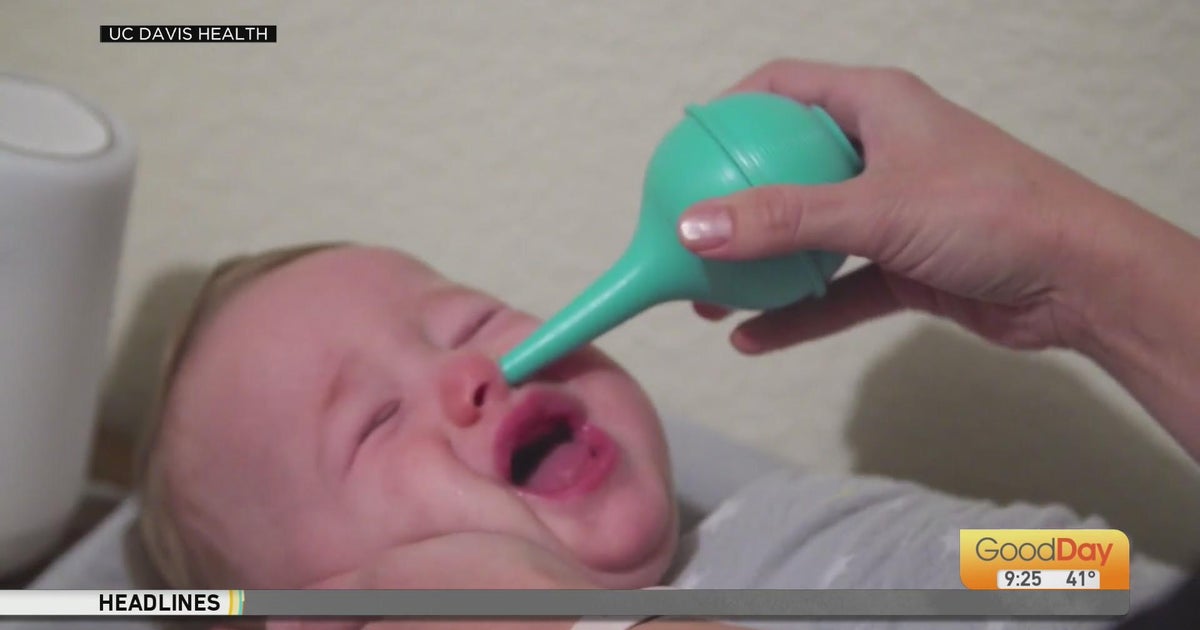Gums Look Bruised: Causes Revealed
The delicate tissues of the mouth can sometimes exhibit unexpected changes, leaving us wondering about the underlying causes. One such concern is when the gums appear bruised, which can be a source of distress due to its impact on both aesthetics and oral health. Understanding the causes behind bruised-looking gums is the first step towards addressing the issue and ensuring the well-being of your mouth.
Introduction to Oral Health
Before diving into the causes, it’s essential to appreciate the importance of oral health. The gums, or gingiva, play a crucial role in supporting the teeth and forming a protective barrier against bacterial invasion. Any changes in the appearance or health of the gums can signal broader oral health issues or even systemic conditions. Maintaining good oral hygiene, including regular brushing, flossing, and dental check-ups, is key to preventing many gum-related problems.
Causes of Bruised-Looking Gums
There are several reasons why gums might appear bruised, ranging from minor, easily treatable conditions to more serious health issues. Here are some of the common causes:
Poor Oral Hygiene: Neglecting to brush and floss regularly can lead to the accumulation of plaque, a sticky film of bacteria, on the teeth. This can cause inflammation of the gums, or gingivitis, which may result in redness, swelling, and the appearance of bruising.
Gingivitis and Periodontitis: These are infections of the gums and bone that support the teeth, often caused by poor oral hygiene. Gingivitis can cause gums to look bruised due to inflammation. If left untreated, it can progress to periodontitis, a more severe infection that can lead to the destruction of the supportive tissues and bone, potentially causing the gums to recede and look bruised.
Trauma: Physical injury to the gums, such as from a fall, sports accident, or even improper brushing or flossing techniques, can cause bruising. This kind of trauma can lead to blood vessels breaking under the gum surface, resulting in the appearance of bruising.
Dental Procedures: Certain dental procedures, like deep cleanings or the placement of dental implants, can sometimes cause temporary bruising of the gums due to the manipulation of tissue and the introduction of instruments into the mouth.
Vitamin Deficiencies: Deficiencies in vitamins such as C or K can affect the health and appearance of the gums. Vitamin C is crucial for the repair of tissues and the maintenance of healthy connective tissue, while vitamin K is necessary for blood clotting. A lack of these vitamins can lead to easy bruising and bleeding gums.
Smoking and Tobacco Use: Smoking and the use of tobacco products can lead to a range of oral health issues, including gum disease. The chemicals in tobacco can reduce blood flow to the gums, making them more susceptible to disease and altering their appearance.
Hormonal Changes: Fluctuations in hormone levels, such as those experienced during pregnancy, puberty, or menopause, can affect the gums, making them more sensitive and prone to swelling and bruising.
Systemic Health Conditions: Certain systemic conditions, such as diabetes, can increase the risk of gum disease, potentially leading to bruised-looking gums. Diabetes can impair the body’s ability to fight infection, making gum disease more likely and more challenging to treat.
Addressing Bruised-Looking Gums
If you notice that your gums look bruised, it’s essential to take action to address the underlying cause. Here are some steps you can take:
- Practice Good Oral Hygiene: Regular brushing and flossing can help remove plaque and prevent gum disease.
- Visit Your Dentist: A dental professional can assess the health of your gums and teeth, providing a diagnosis and recommending appropriate treatment, whether it be a deep cleaning, adjustment of dental work, or referral to a specialist.
- Maintain a Balanced Diet: Eating a diet rich in vitamins and minerals, particularly vitamin C and K, can support the health of your gums.
- Avoid Tobacco: Quitting smoking and avoiding tobacco products can significantly reduce your risk of gum disease and other oral health issues.
Preventive Measures
Prevention is always better than cure, especially when it comes to oral health. Some preventive measures include:
- Regular Dental Check-Ups: Seeing your dentist regularly can help identify any oral health issues early, including signs of gum disease.
- Proper Brushing and Flossing Techniques: Learning and practicing the correct methods for brushing and flossing can help prevent the buildup of plaque and reduce the risk of gum disease.
- Mouthwash Use: Using a mouthwash can provide additional protection against plaque and gum disease, especially if it contains ingredients like chlorhexidine.
Conclusion
Bruised-looking gums can be a sign of an underlying issue that needs attention. By understanding the potential causes and taking proactive steps towards maintaining good oral hygiene and overall health, you can reduce your risk of developing gum disease and other oral health problems. Remember, a healthy smile is not just aesthetically pleasing; it’s also an indicator of overall well-being. If you’re concerned about the appearance or health of your gums, consulting with a dental professional is the best course of action to ensure you receive the appropriate advice and treatment.
FAQ Section
What is the most common cause of bruised-looking gums?
+The most common cause of bruised-looking gums is poor oral hygiene, leading to the accumulation of plaque and the development of gingivitis or gum disease.
Can vitamin deficiencies cause gums to look bruised?
+Yes, deficiencies in vitamins such as C and K can affect the health and appearance of the gums, leading to easy bruising and bleeding.
How often should I visit my dentist if I have concerns about my gums?
+If you have concerns about your gums, it’s a good idea to visit your dentist as soon as possible. Regular check-ups, ideally every six months, can help identify any issues early and prevent more serious problems from developing.
